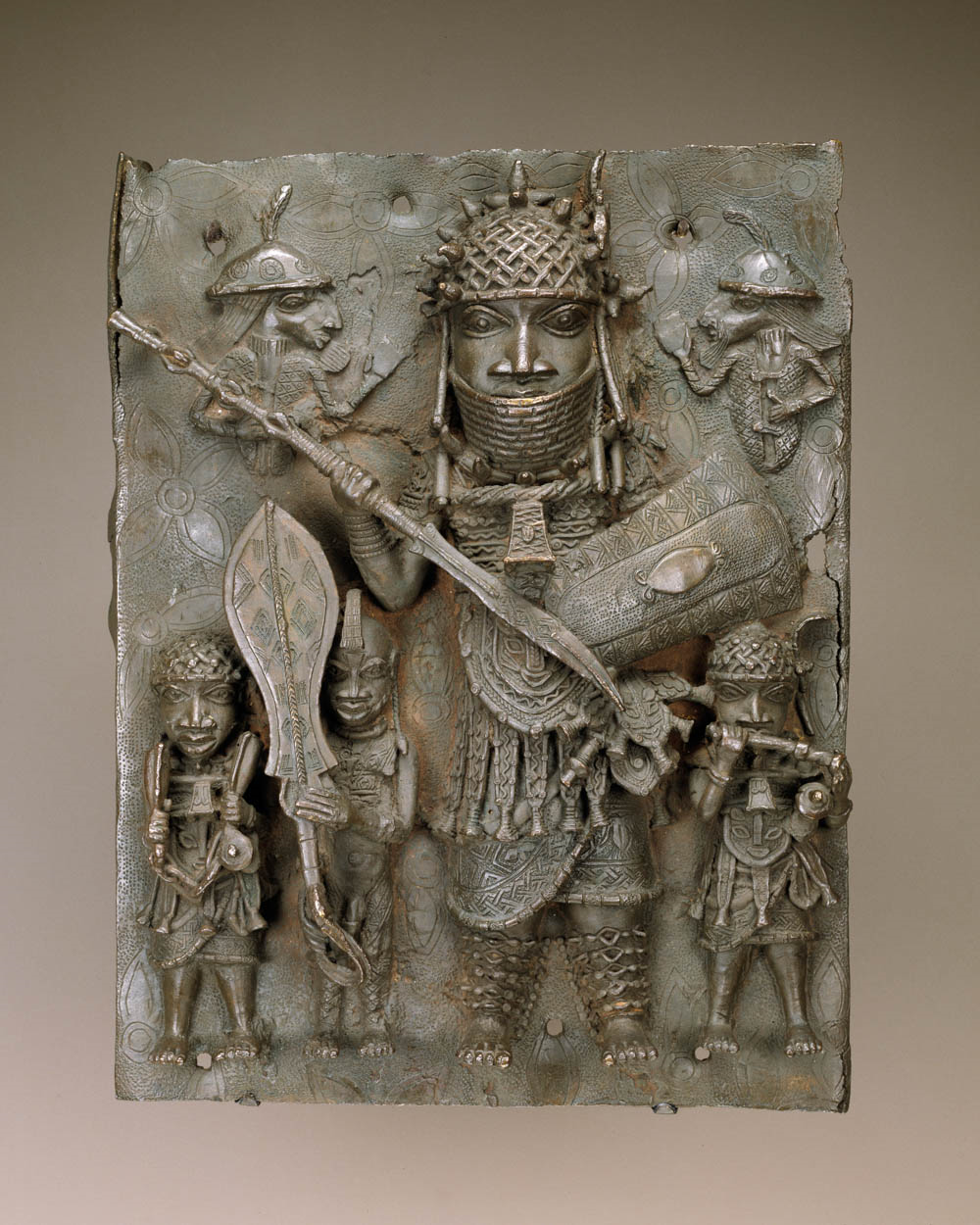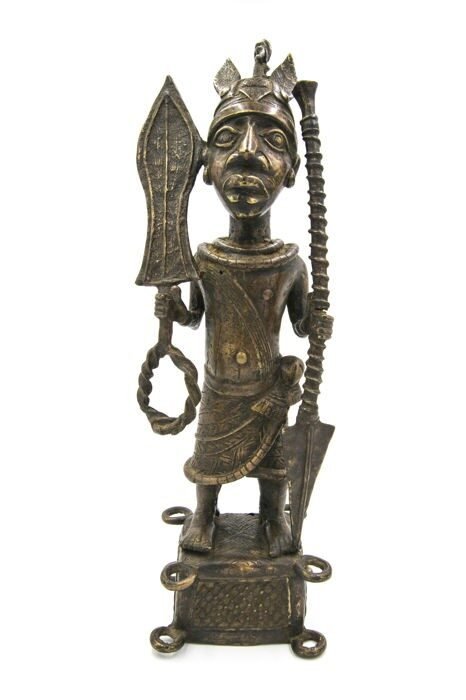EDO is what you can describe as the “generic name given to a group of people who have a common ancestor and have a common language, with some different variants, depending on the distance between the group and the ” tap root, ” resident in and around the present-day Benin City. In short, the land, the political state, the people, tribe, language and the principal city. Benin City is called EDO. At a point in the history of these people, another name called BENIN came into use. These Edo- speaking people are divided into the following clans today:
Bini – derived from the word Benin for people living in and around Benin City, in Edo State. People were living in and around Benin City, are gradually accepting the word BINI, as descriptive of their clan. Otherwise, they prefer to be called EDO.
Esan/Ishan-for the immediate neighbour to the north are people living in around Irrua, Orhodua, Uromi, Ubiaja, Ewu, Ewatto, Igueben and the almighty Evbohimwin (Ewohimi))” the city by the big river ” or ” the city of Ikhimwin trees ” etc. ESAN/Ishan occupies the central part of Edo State. The Esan land is made up of thirty-four kingdoms, which are ruled by different monarchs. The Esan land is a flat landscape, which is suitable for agriculture. The Igbabonelimhin cultural dance is synonymous with the Esan people.
Afemais is known as IVBIOSAKON by those living in and around Benin City to the north of Ishan/Esan clan. The Afemai people occupy the northern part of Edo State with its headquarters in Agenebode. They are believed to have migrated from Benin during the reign of Oba Eware. Afemai is made up of different kingdoms and clans which have their traditional institutions and rulers.
Akoko-Edos based in Igarra, Ibillo and its environs to the north of Afemais.
Owans–Oras occupying Eme, Sabogida-Ora, Afuze, etc. Uhobe (SOBE) and Ifon in Ondo State. The Owan and Ora people trace their history to Oba Ozolua who ruled them when he was still a Prince. The Oras are called the children of Ozolua. They are in charge of propitiating the physical earth and are responsible for exorcising any harm that might come upon the Edo land as a result of a violation of sexual or other taboos.
Ekas-to East of Benin. A sizeable chunk of the Edo speaking people flow across River Niger and ending at ONITSHA.
Isoko, Urhobo, Itsekiris and about 70% per cent of western Izon (Ijaws) in Ndegeni and its environs. A sizeable chunk of the Edos is found in the River States and the Balyesa States, e.g. Ogba land and Diobu, Port Harcourt.
A sizeable chunk has been ” Yorubanised in Ondo, Ekiti, Lagos and Ogun States. The descendants of Edo soldiers stationed in Akure are referred to today as ADO- AKURE (Edo ne ’Kue) There are many Edos in Ekiti land, Idoani, Idanre etc. going through life in Nigeria with Yoruba names. Acculturation has taken place. You are either a Yoruba man, or you go nowhere.
The Ilaje community at Okitipupa and its environs. The Edos who conquered and settled far away lands like Dahomey, Togo and Ghana.
The Edo language is part of the Kwa-Niger group of languages according to Linguist. These people have lived where they are now for ” Thousands of years.” The monarchy centred in Benin City is about 6000 years old, including pre-ogiso and Ogiso era of history. All the clans had various functions, which they perform at the palace. For example, the Ishan’s/Esans were principally the medicine men and warriors of the ancient empire. They were the medical practitioners. The chieftaincy groups responsible for the Oba’s well being are dominated by Ishan/Esan descendants. The Ivbiosakon (Afemais) was the dental surgeon of the palace. That is the origin of the name IVBIOSAKON. Oba Esigie assigned that function to them in the c1500’s.
The Owan/Ora people were the propitiators of the physical earth for the Oba of Benin. It was their responsibility to prevent things like earthquake, hurricanes, tornadoes, volcanoes and anything associated with geological disturbance to occur in Benin. In short, they were the geologists and weathermen of their day, forecasting and preventing physical calamities. Those we call BINIS today, were the traditional bureaucratic administrators and military generals. The Izons (Ijaws) were the ” OZIGUE” -SAILORS The Ekas were farmers. They were in charge of the royal farms.
The Ibos across the Niger call the Edos, IDU, the name of the progenitor of Edo race; the Yoruba’s call us ADO, which is a corruption of the word EDO. However, the Itsekiris, another subgroup in the Edo clans call us UBINI. Tradition asserts that it is derived from ILE-IBINU, which is descriptive of the exasperation and frustration encountered in Benin City, by Prince Oranmiyan of ILE-IFE. Further research may prove that it was the Itsekiris who gave that name, to the people living in and around Benin City. The Itsekiris told the white man of the powerful overlord living in Igodomigodo. It was the Itsekiris who told the Whiteman that the name of the tribe of this powerful king was UBINI- a term, which Whiteman corruptly wrote down as Benin. For example, the name of the eldest daughter of Oba Osewende, the mother of the OSULAS and the AIWERIOGHENES is today known as AGHAYUBINI. A closer examination of that name would reveal that the name is an Itsekhiri phrase-” The Ubini Lady or woman,” i.e. the woman from Benin. Aghayubini was a very wealthy trader among the Itsekiris, from whence she got the money she used, is getting the throne for her brother, who became Oba ADOLO. An Itsekhiri descriptive phrase has overpowered her original Edo name, to the extent that nobody knows anything about it now.
The ancient Edo/Benin Empire covered the whole of Bendel, parts of Bayelsa State and I repeat Balyesa State. The second son of the Enogie of Brass, popularly known as IYASE NE OHENMWEN became the Iyase of Benin under Oba Osewende. Iyase Ohenmwen is the ancestor of the OTOKITIS, THE OKEAYA-INNEH AND THE AIWERIOGHENES of Benin today. It also covers the IGBO-speaking areas of Delta State stretching to Onitsha. People hardly know that the actual title of the Obi of Onitsha is AIGBOGHIDI. The historical Chief Agho Obaseki of Oba Ovoranmwen era and later the Iyase of Benin under Oba Eweka II was a descendant of the second son of Enogie of NSUKWA now in Delta State. It extended to the whole of Ondo State, parts of Ekiti and Ogun State and the whole of Lagos State including BADAGRY. It stretched to southern Dahomey (Republic of Benin) and on to the coast of Togo and Ghana.
The Owans /Oras
Oba Ozolua is traditionally regarded as the ancestor of the Owans/Ora. He was known as Prince Okpame before he became known as Oba Ozolua. He had sought refuge in Uwokha in Ivbiosakon areas in c1473. From Uwokha, Oba Ozolua founded Ora and other villages. Oba Ozolua was a warlord. He beat the people of Uzea near Uromi to a pulp when there was a revolt. He extended his carnage to Uromi when the Enogie was reported to have been rude to his messengers. He went up through Akoko land, wandering into Nupe lands where he acquired a lot of sophisticated weaponry then. He attacked the Igallas and Igbirras in the present Kogi and Kwara states. After spending the greater part of his life in ORA, he left behind his son UGUAN and returned to Benin City.
But before he left, he proclaimed everybody free men and free women, entitled to enjoy the privileges of Edo princes and Princesses, for all the services they had rendered in his military campaigns. That is why the Oras call themselves today, the CHILDREN OF OZOLUA. Besides being in charge of propitiating the physical earth,
They are responsible for ritually exorcising any harm that might come upon the EDO NATION-the land due to violation of sexual or other taboos. Their GUILD, quartered at EVBORHAN quarter in OGBELAKA in Benin City by Oba Esigie, demands steep fines from the culprits for their services.
A few years ago, the Oba of Benin created Ogie-Duke-traditional rulership for the Oras because of popular demand









 Protected by Patchstack
Protected by Patchstack